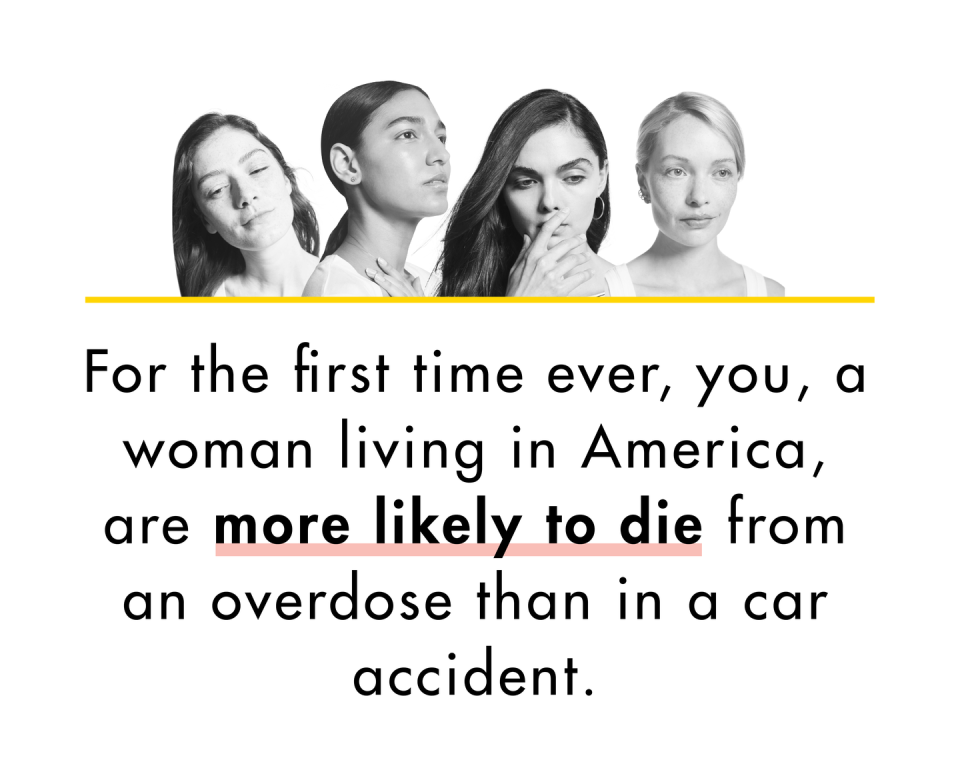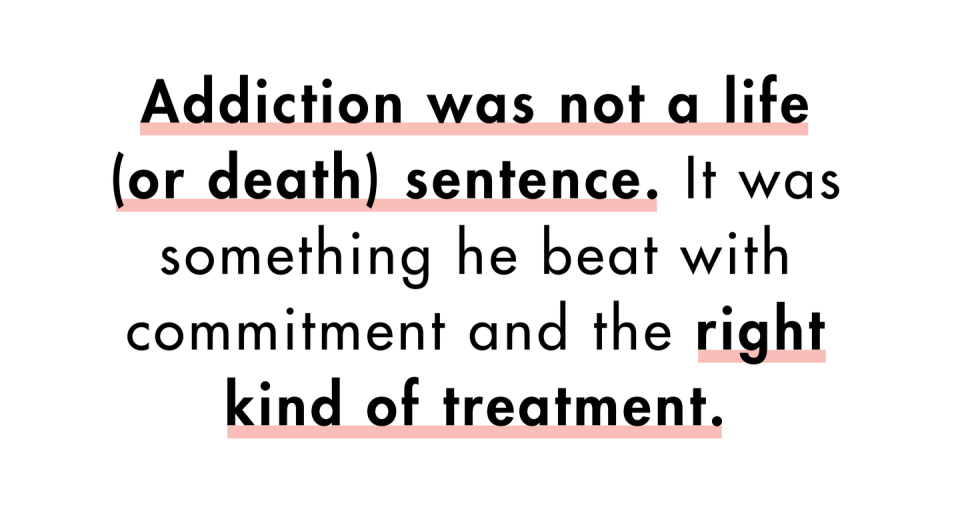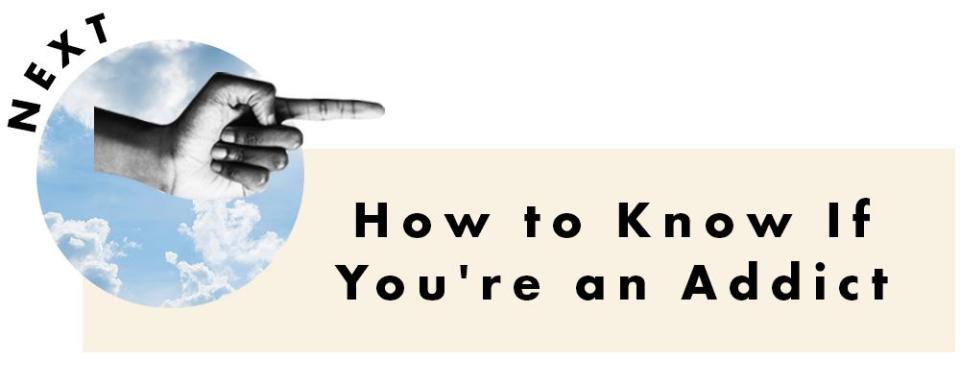Your Non-Scary Guide to Going to Rehab

For me, this is personal.
When I was in my 20s, just starting my career (before I became a features editor at Cosmo), my brother was descending into what would become a years-long heroin addiction. I watched helplessly as he lost weight, lost jobs, lost friends. As he stole and lied and sold my iPad to a pawn shop. Once, he showed up at my door, homeless and high, his arms still tender from plunging needles into them too many times. I’d already written his funeral speech in my mind. I’d cry on the subway, mourning him while he was still alive.
It’s not news that drugs are killing us. Among women, the number of drug overdose deaths spiked 260 percent between 1999 and 2017, according to the CDC. For the first time ever, you, a woman living in America, are more likely to die from an overdose than in a car accident.

Which makes this addiction story even more devastating: More than 90 percent of addicts will never get the rehab they need, according to the Substance Abuse and Mental Health Services Administration (SAMHSA). An addict is more likely to die than to get help. That’s the truth, and it sucks.
I saw firsthand how hard it can be to get to rehab. Five years into my brother’s heroin addiction, my parents found him slumped over and not breathing. My dad pounded his chest in wild desperation until paramedics arrived and administered Narcan (a drug that can sometimes reverse overdose effects).
After that, finding a program should have been the easy part—but it was frustratingly, maddeningly difficult. I scoured the internet, trying to differentiate among options that billed themselves as “most effective” and “highly effective” and “extremely effective.” Would 14 days do it? What if he needed more—would his insurance cover it all? Could I trust the syrupy-voiced woman on the phone who said she had one spot left and if I didn’t pay now, it would go to someone else? Don’t you want to save your brother?
It took weeks of research and thousands of dollars, but eventually, we got him into an inpatient rehab that offered continuing treatment after he left. They put him on a payment plan for things his health care wouldn’t cover (like room and board, which his insurer denied because they didn’t consider “heroin a life-threatening addiction”). Other addicts from my hometown in Pennsylvania never made it to a place like this. One friend’s brother didn’t survive.

Mine is now 32 and seven years sober. He just ran a marathon, knows more about the stock market than I do, and is backpacking through Asia as I type this (hi, Justin). For him, addiction was not a life (or death) sentence. It was something he beat with commitment and the right kind of treatment.
What if every addict could have this?
Like I said, there’s been a lot of news about America's drug problem. But it’s time to talk solutions— about how we can get out of this. How you can.
Photos are of professional models and used for illustrative purposes only; Cosmo does not suggest that the models actually engage in the conduct discussed in the photos they illustrate.


('You Might Also Like',)

